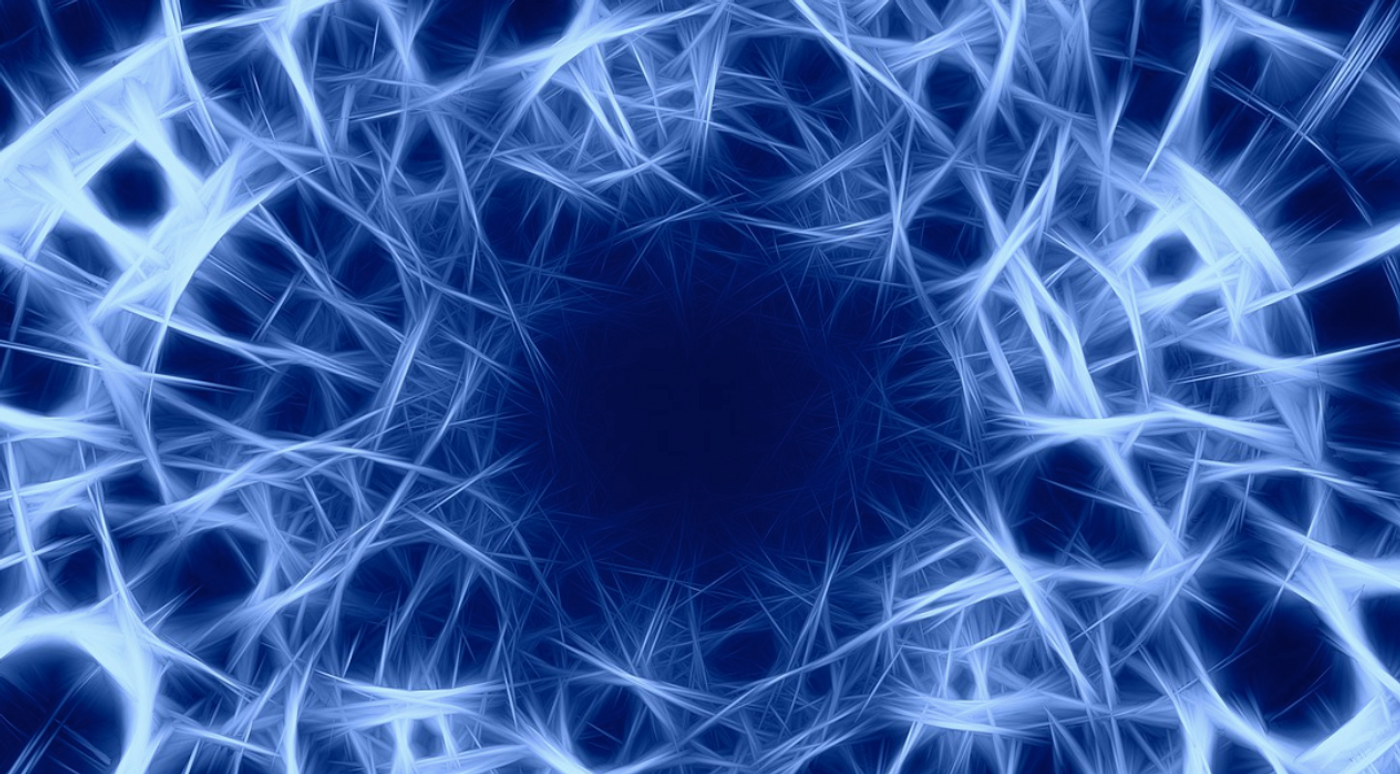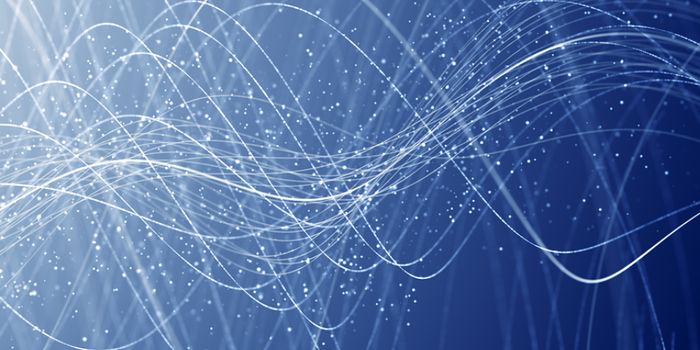Neurodegeneration is Linked to Jumping Genes
Scientists are beginning to reveal the secrets of the long, repetitive sequences in the human genome that were once written off as 'junk' DNA. In recent years, some junk DNA has been shown to have regulatory functions. There are also many transposable elements lurking in those sequences. Some are long, while others are short, and there are many of them in the human genome. These transposons can migrate from one section of the genome to another, but other regulatory elements in the genome are thought to silence their impact. Recent work has suggested, however, that these elements may be more active than we knew.
Now researchers have linked common transposable elements known as LINE-1 (long interspersed nuclear element 1) to neurodegeneration. The findings have been reported in Neuron, and they may help open up treatment options.
In this study, researchers determined that LINE-1 activation was associated with cerebellum damage in people who have ataxia-telangiectasia, a rare, neurodegenerative disorder that disrupts coordination and causes dysfunction in various systems, including immunity. In ataxia-telangiectasia patients, LINE-1 was highly active in the cerebellum, which correlated with serious neuroinflammation. Median life expectancy in these individuals is about 19 to 25 years of age.
In mouse models of ataxia-telangiectasia, LINE-1 activation in the cerebellum caused cell damage and death.
Additional work has shown that reverse transcriptase inhibitors, which can tamp down transposable element activity and are used in the treatment of HIV, were able to halt neurodegeneration in the mouse model. It may be possible to use antiretroviral therapy in the treatment of people who are genetically likely to have high LINE-1 activity, the researchers suggested. In most people, LINE-1 activity is dramatically reduced after development, they added.
Other labs are investigating the role of LINE-1 in a variety of neurological disorders including amyotrophic lateral sclerosis (ALS), Alzheimer's disease, and schizophrenia, they added.
"There are assuredly multiple contributors to these disorders, but the role of LINE-1 offers researchers an exciting new line of inquiry," noted lead study author Takehiro Takahashi, an associate research scientist in the lab of co-corresponding study author Akiko Iwasaki, Sterling Professor of Immunobiology at Yale University.
Sources: Yale University, Neuron









